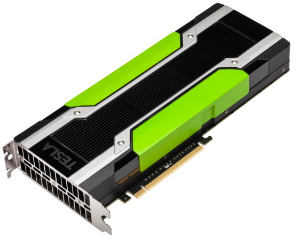With 29.6% industry share Dell Technologies leads India’s Enterprise Storage market: vender revenues
Dell Technologies further extended its leadership in India’s enterprise storage systems market with 29.6% by vendor revenue, nearly double the revenue of its nearest competitor. The company witnessed strong revenue share growth of 32.5% in the same quarter.
The overall India’s enterprise storage systems market witnessed a y-o-y growth of 16.4% (by vendor revenue) and stood at USD $101.8 million in Q2 2019. The market’s growth was driven largely due to infrastructure modernization, technology refresh and investments on emerging technologies. The verticals that were responsible for the market’s growth include banking, telecommunications, and manufacturing.
“The influx of disruptive technologies such as AI, ML, IoT etc. have played a pivotal role in the growth of the external storage market and will continue to do so for years to come,” said Amit Mehta, Director – Modern Data Centre, Dell Technologies.
“To succeed in this dynamic environment, organizations must derive value from this data. Our holistic storage portfolio enables customers to modernize their IT infrastructure and unleash the value of their data capital.”
Dell Technologies offers a comprehensive storage portfolio to its customers, offering the right combination of scalability, efficiency, along with the integration of emerging technologies to enhance the performance of storage media. This allows customers to be a step ahead of the competition and drive better business results. The variety of storage products offered by Dell Technologies includes the flagship Dell EMC PowerMax storage array. In September, Dell Technologies announced that Dell EMC PowerMax was the first storage system to ship Storage Class Memory as persistent storage. Since launching in 2018, Dell EMC PowerMax has helped high-end storage customers across all industries, including top-tier banks, cloud service providers and healthcare companies, support their most demanding applications where low latency is key and the highest resiliency is paramount.



